#Polychrome woodblock print
Text
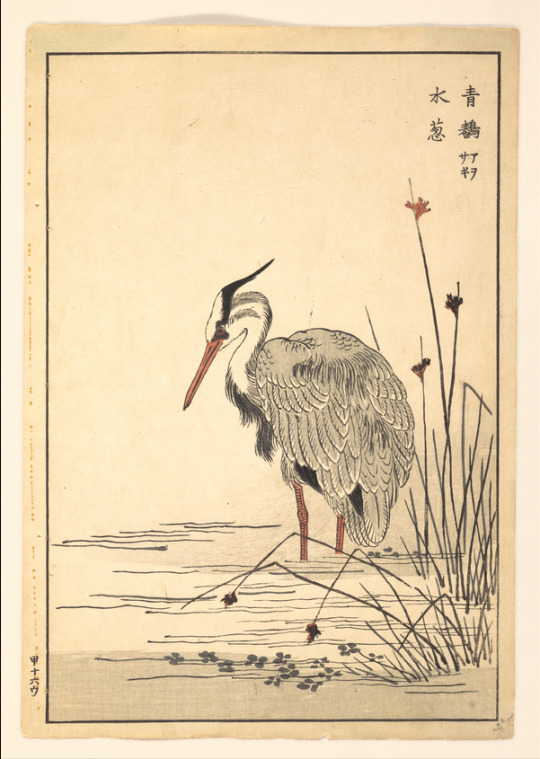
Gray Heron (Aosagi) and Mizu-aoi Plant
1857
source
#found by kino#Printing blocks#Prints#Polychrome woodblock print#ink and color on paper#Relief prints#Wood blocks#Metropolitan Museum of Art#Woodblock prints#Asia#1857#Paper#Ink#Japan#Ukiyo-e#edo perioid#japanese art#woodblock print#animal
7 notes
·
View notes
Text
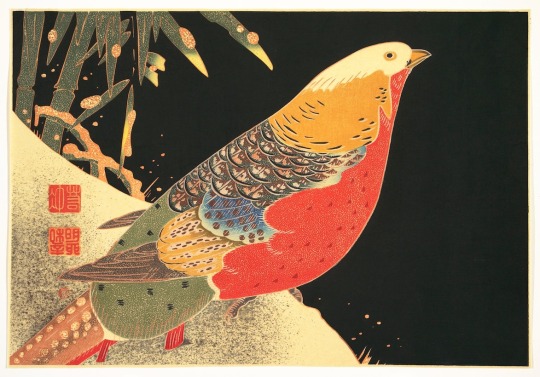
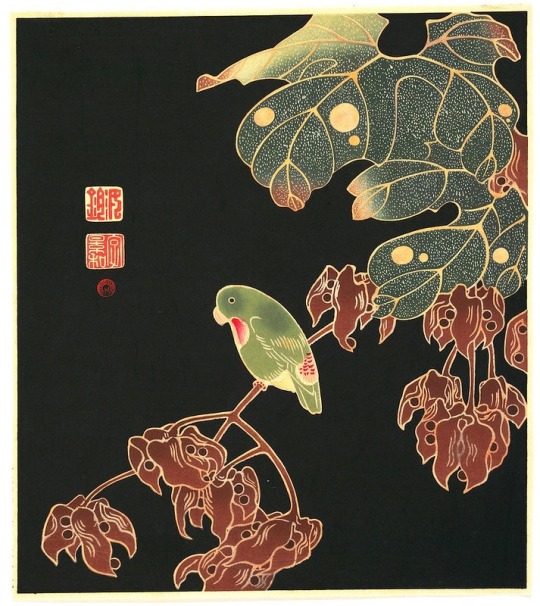
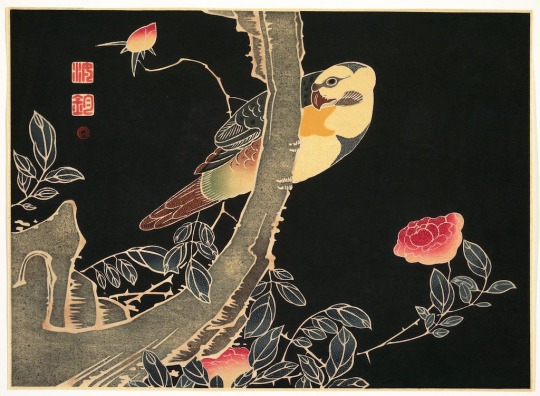


“These beautiful polychrome woodblock prints are Meiji era copies (ca. 1900) of original designs (ca. 1771) by Itō Jakuchū (1716–1800), a Japanese painter of the mid-Edo period notable for his striking modern aesthetic. Born in Kyoto, Jakuchū was strongly influenced by Zen Buddhist ideals throughout his life and his name is taken from the Tao Te Ching and means "like the void". He was considered a koji (a lay brother) and he named his studio Shin'en-kan, which translates as "Villa of the Detached Heart [or Mind])", a phrase included in a poem by the ancient Chinese poet Tao Qian.”
118 notes
·
View notes
Text
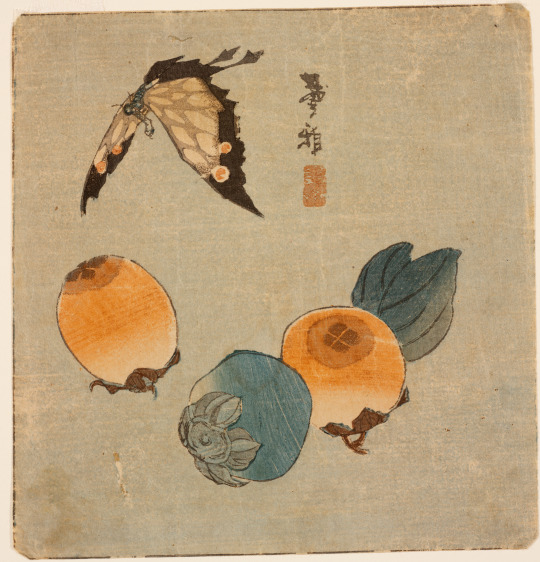
Ike no Taiga
Butterfly and Persimmons (Kaki to chô), 1820s
Polychrome woodblock print
Sheet: 17.6 x 17 cm (6 15/16 x 6 11/16 inches)
Gift of Mrs. John D. Rockefeller, Jr. 34.069
218 notes
·
View notes
Text

(click for quality)
I went to an exhibit on kimonos with my best friend; we came across this ukio-e of a kabuki play about a lady thief, and she pointed at it and said "That's Fujiko", while I laughed at the deadpan face of the guy in the middle.
Three weeks later, here I am.
Original ukio-e and some trivia about kabuki under the cut !


Scene from the play "Journey to the East along the fifty-three stations" - Edo (Tokyo), Japan, 1854; polychrome woodblock print
Bandô Shûka, on the left, was a kabuki actor renowed for playing female roles. These onnagata (men playing female roles) were considered the incarnation of ideal feminity. Many of them chose to live as women off-stage as well. Their life-style, their hairdos and their accessories were imitated by fancy women. Here, Shûka played the role of a famous lady thief. He is wearing a distinctive kimono with a skeleton pattern.
#i'm probably going to notice a dozen different mistakes to fix after i press 'post now'#but i've been working on this for three weeks so i think imma stop here mistakes or not#enjoy my hyperfixation-fueled drawing!#lupin iii#daisuke jigen#goemon ishikawa#fujiko mine#kabuki#ukio-e
206 notes
·
View notes
Photo
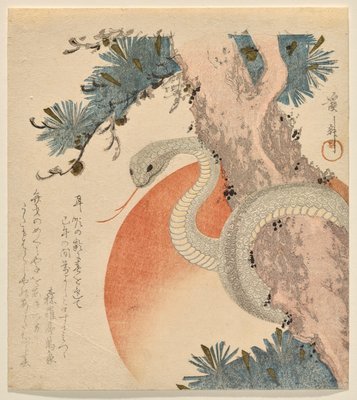
Snake Coiled around a Pine Tree before the Rising Sun by Keisai Eisen (Surimono, shikishi-ban; polychrome woodblock print with brass and silver pigment and gauffrage)
#art#artwork#kunst#kunstwerk#keisai eisen#artist#künstler#asian art#asiatische kunst#nature#natur#flora#fauna#plants#pflanzen#tree#baum#pine tree#kiefer#sunrise#sonnenaufgang#sun#sonne#animal#tier#reptile#reptil#snake#schlange#coiled around
21 notes
·
View notes
Text



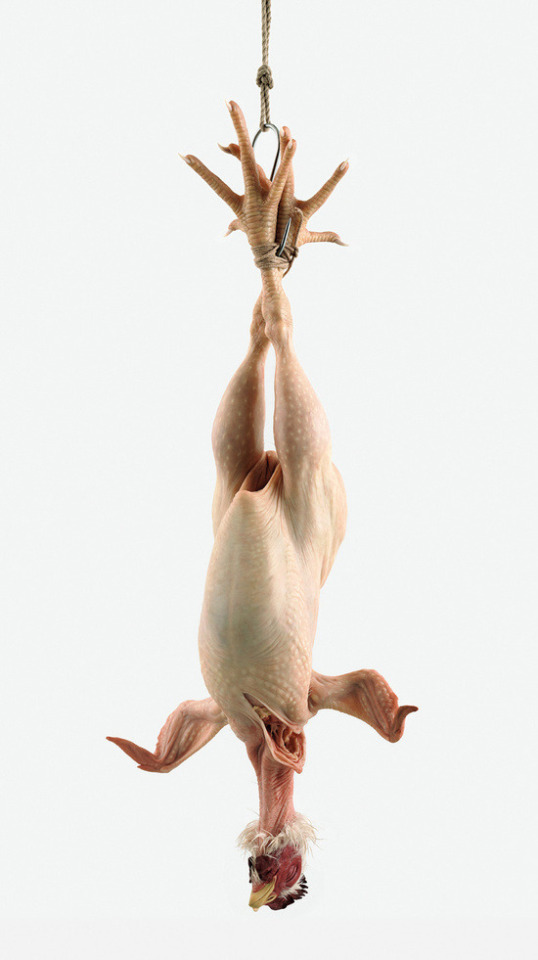
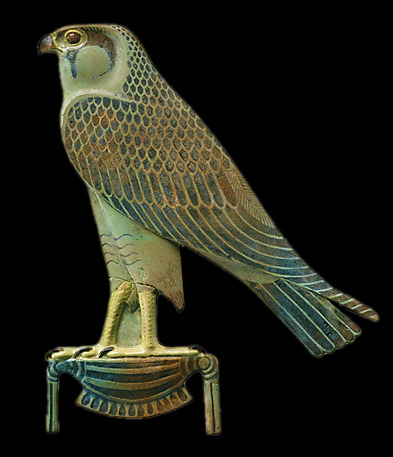


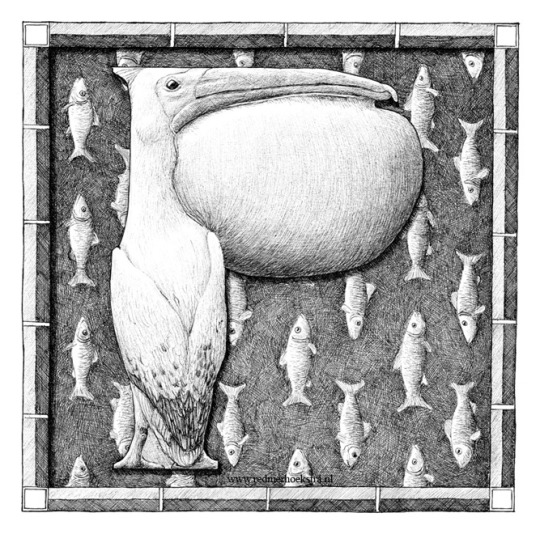
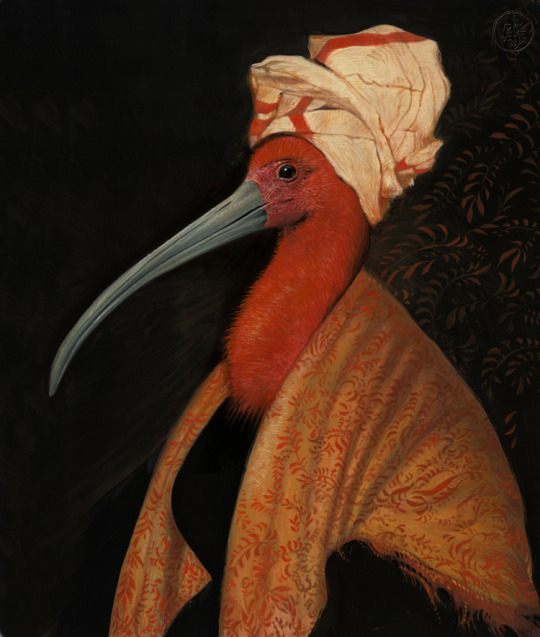
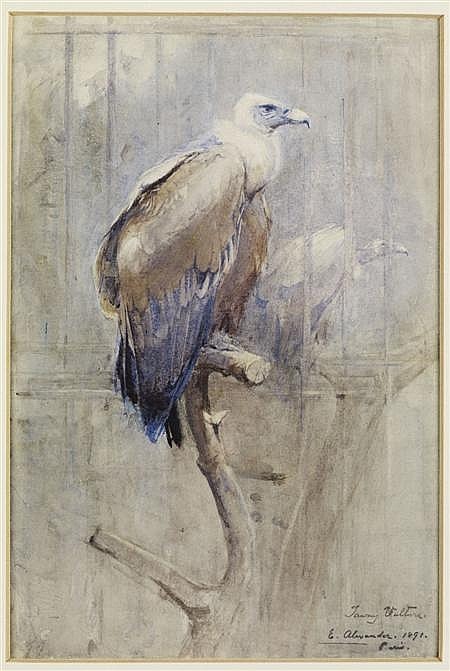
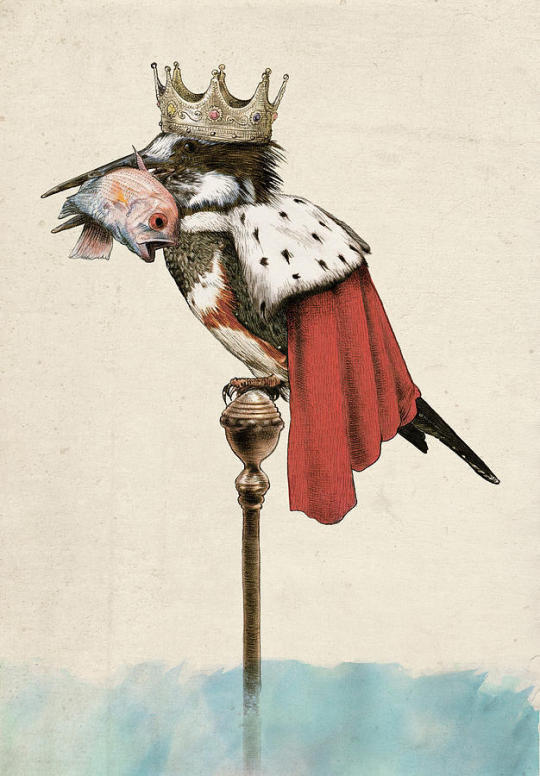
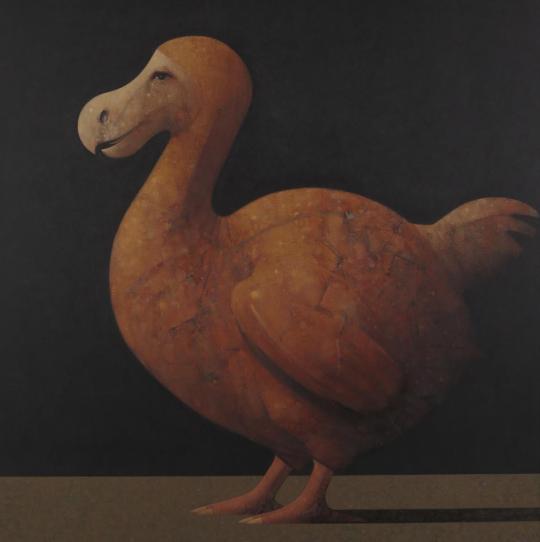


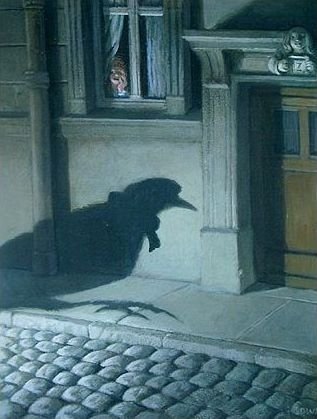

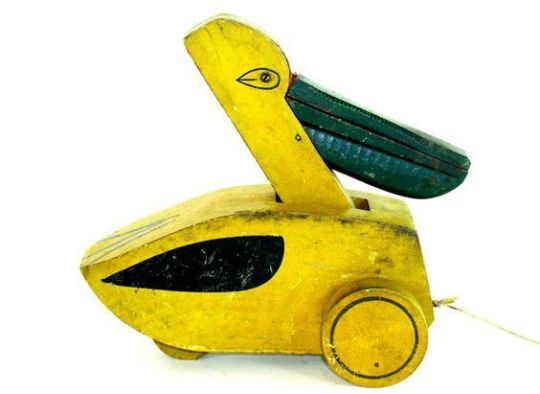
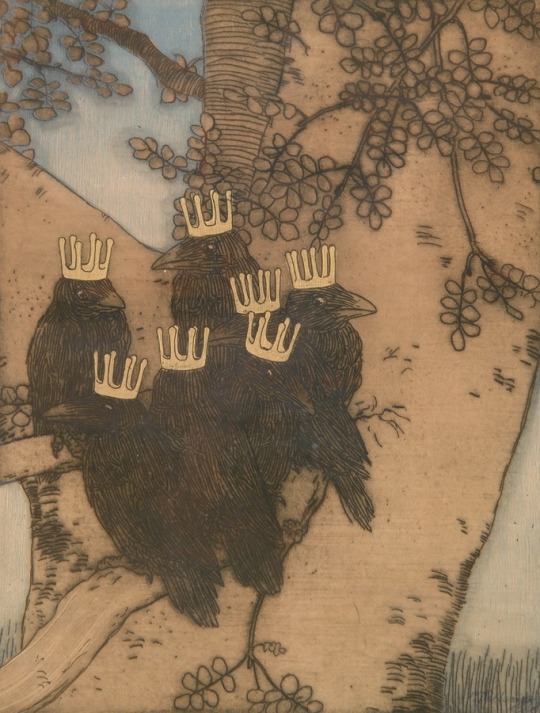
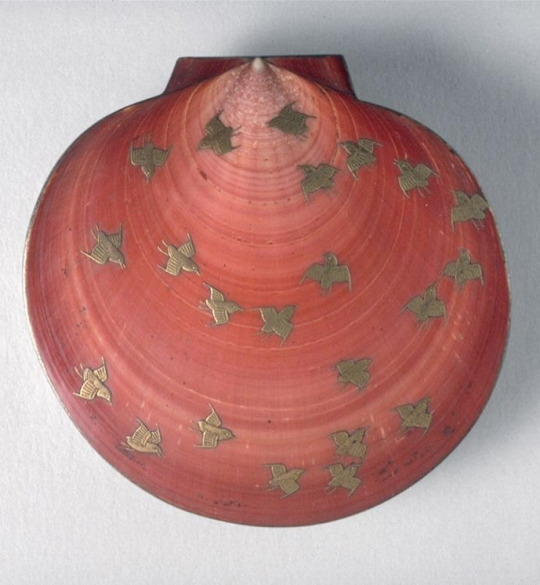
bird painted on ostracon - Thebes, Egypt - c.1479–1458 BCE
Paul Manship - Crowned Crane - gilt bronze on lapis lazuli base - 13 5⁄8 x 7 x 2 7⁄8 inches - 1932
bird & snake - illumination - Beatus of Liébana, Commentaria in Apocalypsin (the ‘Beatus of Saint-Sever’) - Saint-Sever - before 1072
Ron Mueck (Australian, b.1958) Still Life - mixed media sculpture - 2009
Horus the Golden - Horus standing on the hieroglyph for gold - faience and polychrome inlay - Middle Egypt - Hermopolis - Late Period or Ptolemaic Period - 4th century BCE
Utagawa Hiroshige I (Japanese, 1797- 1858)- Jūmantsubo Plain at Fukagawa Susaki - woodblock print - 1856
Adam Binder (British, b.1970) - Wren II - patinated bronze - 2012
Redmer Hoekstra (Dutch, b.1982) - Pelikaan (Pelican) - pencil - 2015
Bill Mayer (American illustrator, b.1951) - Ibis - painting
Edwin John Alexander (Scottish, 1870-1926) - Griffon (Tawny) vulture (Gyps fulvus) - watercolor & gouache - 26 x 17 cm - Paris - 1891
Eric Fan (born in Hawaii, living & working in Canada) - Kingfisher - painting - 2014
John Boyd (England, b.1957) - Dodo Variations IV - painting
J.K.Brown aka John Kennedy Brown (wooarts) (Welsh, b.1979) - Bird - metal-scrap sculpture
René Magritte (Belgian, 1898-1967) - The Idol - painting - 1965
Michael Sowa (German, b.1945) - Die Rückkehr der Zugvögel (The Return of the Migratory Birds) - painting
Mullanium (steampunktendencies) - Blue Jay - mixed media assemblage
Pelican - painted wood toy
Vojtěch Preissig (Czech, 1873-1944) - Seven Ravens - etching - 1900
Incense container with plovers - lacquer, gold, sea-shell - Japan - late Muromachi period (1392-1573)
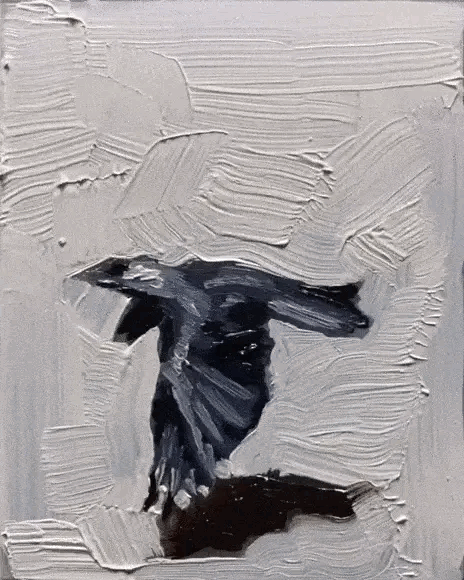
Dilhaar (www.instagram.com/hmdbti/) - flying bird - paintings & gif
“Before I ever started painting and before I even started taking drawing seriously, I was in love with the idea of painted animation. Frame by frame, each painting coordinates with the one before and the one after to create life. I still have a lot to learn and there are a lot of technical things I don’t know and will improve on but I like this start. Forget thoughts, focus on actions. Regarding this specific animation I really love the shapes of the shadow on the ground.” - Dilhaar
#art by others#other's artwork#sculpture#painting#birds#print#toy#illumination#gif#Paul Manship#Vojtěch Preissig#Mullanium#Michael Sowa#René Magritte#J.K.Brown#John Boyd#Eric Fan#Edwin John Alexander#Bill Mayer#Redmer Hoekstra#Adam Binder#Utagawa Hiroshige#Ron Mueck#Egypt#Dilhaar @hmdbti
16 notes
·
View notes
Text
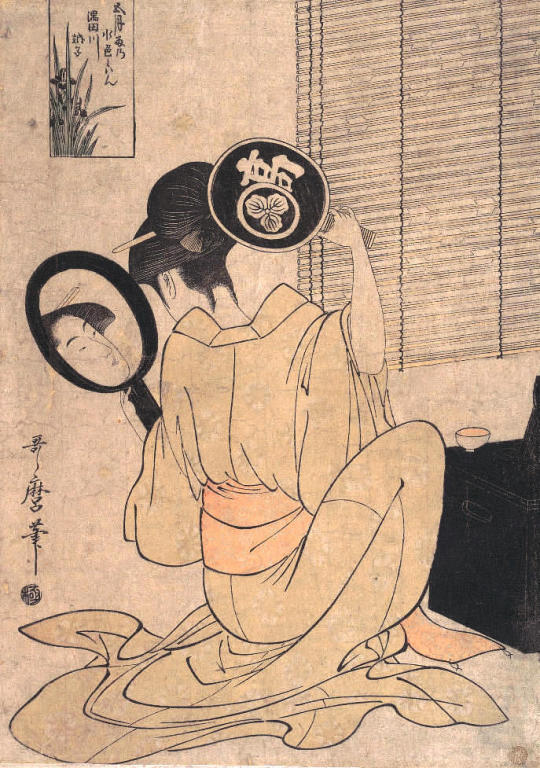
MWW Artwork of the Day (10/21/23)
Kitagawa Utamaro (Japanese, 1754–1806)
Takashima Ohisa Using Two Mirrors to Observe Her Coiffure (c. 1795)
Polychrome woodblock print, 34.9 x 25.1 cm.
The Metropolitan Museum of Art, New York (Rogers Fund)
Like Harunobu, Utamaro exploited reflection as a means of interaction between figures and to show two views simultaneously. These prints reveal his earliest stylistic devices for manipulating space. In the print to the right, Ohisa of the Takashima teahouse assumes the awase kagami position, in which she holds two hand mirrors at once. She can see both her face and the back of her head, and her use of the two mirrors gives the viewer the same advantage. Utamaro plays with the nature of representation by revealing an inaccurate reflection, which is actually a reversal of the left side of Ohisa's head.
22 notes
·
View notes
Text
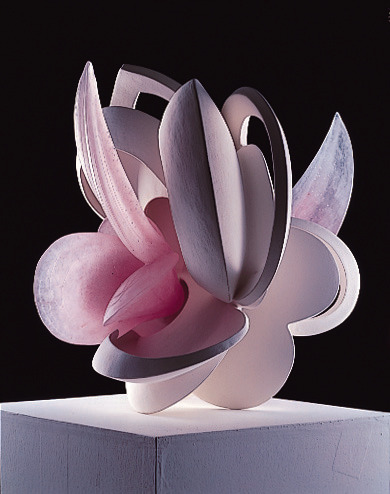
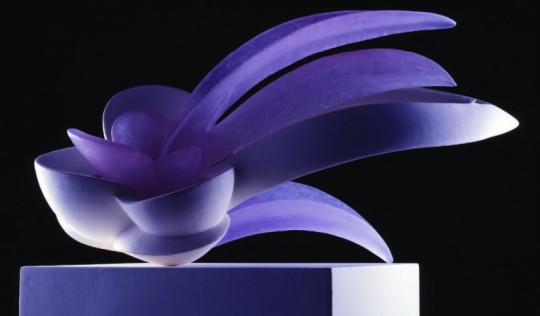
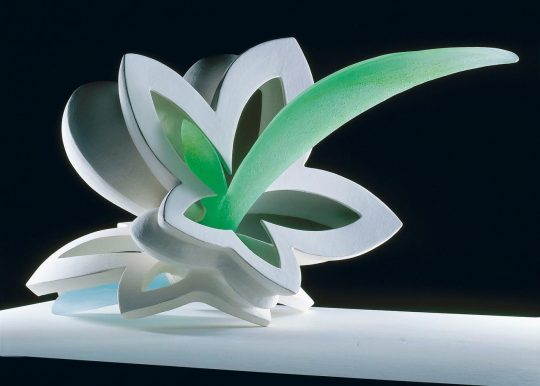



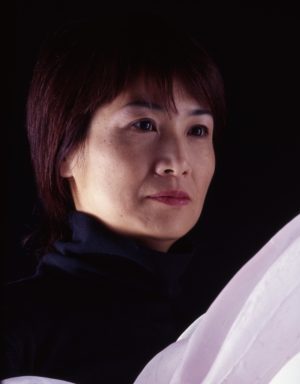
Etsuko Tashima’s beautiful work brings together pastel glass elements with porcelain forms, to create her instantly recognizable, flower-like Cornucopia sculptures. Winning awards and impressing critics, Etsuko’s works are drawn from biomorphic forms in nature, to create these particularly vivid, memorable pieces.
Born 1959, Osaka, Japan
A graduate of Osaka University of Arts who studied under Yanagihara Mutsuo (b. 1934), TASHIMA ETSUKO is now a tenured faculty member in ceramics, one of the first women to achieve this distinction. Inspired by nature, her sculptures consist of large, colourful, biomorphic forms that incorporate a wide array of polychrome glazes, in part a reflection of her former teacher’s aesthetic. She has been exhibiting regularly since the mid-1980s. For the past decade, she has refined her palette and streamlined her forms; combining pastel-colored cast-glass elements with stoneware bodies to create elegant and dazzling flower-like “cornucopia” sculptures often exhibited in large groupings and room-sized installations.
17 notes
·
View notes
Photo
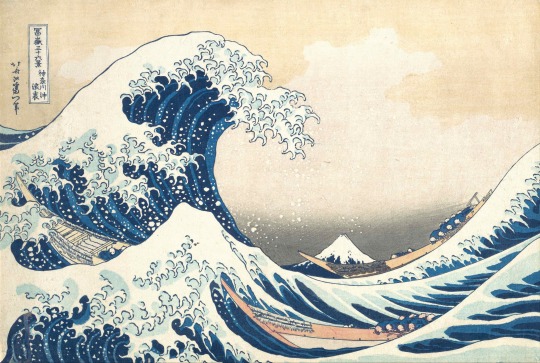
Katsushika Hokusai, Under the Wave off Kanagawa (Kanagawa oki nami ura), also known as The Great Wave, from the series Thirty-six Views of Mount Fuji (Fugaku sanjūrokkei), c. 1830–32, polychrome woodblock print, and ink and color on paper, 25.7 x 37.9 cm (The Metropolitan Museum of Art)
2 notes
·
View notes
Text
The Great Wave
1. Introduction: My name is Stephanie, but as a teen and into my 20's I always went by my last name Galvez. This was due to the fact that there were 3 Stephanies in the group I hung out with. Nowadays, I go by Stephanie - but also Mommy, Mom, Ma, and BRUH. I have an 18 year old son and a 6 year old daughter. I work full time as the Director of Hospitality for a staffing agency and after many years I have come back to school to major in Business and Human Resources.
2. Artwork #16 - Hokusai 1823-1829 The Great Wave Off Kanagawa, from the series Thirty-Six Views of Mount Fuji. Color woodcut, 10” x 15”.
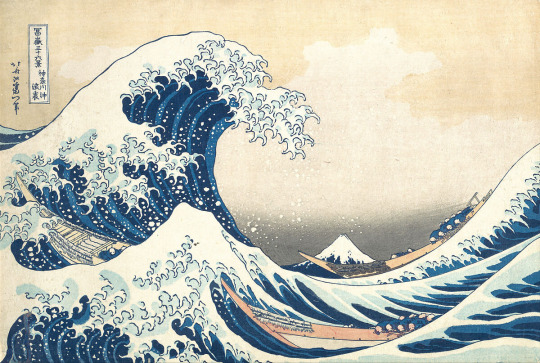
The Great Wave off Kanagawa has been described as "possibly the most reproduced image in the history of all art", as well as being a contender for the "most famous artwork in Japanese history".
Initially, thousands of copies of this print were quickly produced and sold cheaply. Despite the fact that it was created at a time when Japanese trade was heavily restricted.
This woodblock print has influenced several Western artists and musicians, including Claude DebussyLinks to an external site., Vincent van GoghLinks to an external site. and Claude MonetLinks to an external site..
This is part of a series of prints titled Thirty-six views of Mount Fuji, which Hokusai made between 1830 and 1833. It is a polychrome (multi-colored) woodblock print, made of ink and color on paper that is approximately 10 x 14 inches. All of the images in the series feature a glimpse of the mountain, but as you can see from this example, Mount Fuji does not always dominate the frame. Instead, here, the foreground is filled with a massive cresting wave. The threatening wave is pictured just moments before crashing down on to three fishing boats below.
Hokusai began painting when he was six years old, and when he was twelve his father sent him to work in a bookstore. At sixteen, he became an engraver's apprentice, which he remained for three years while also beginning to create his own illustrations. At eighteen, Hokusai was accepted as an apprentice to artist Katsukawa ShunshōLinks to an external site., one of the greatest ukiyo-e artists of his time
3. The Great Wave Off Kanagawa is such a unique piece of artwork. The first time I saw this, it just looked like a large mundane wave. When taking the time to really study this picture up close - you see so much detail in the waves, the people on the boats and the variation of colors in the sky. I was gifted a magnet with this print on it, but never noticed until now, that the waves look almost hand like or maybe like claws about to grab the fishermen and pull them under. There is almost a beauty in what is viewed as such a catastrophic moment.
1 note
·
View note
Text
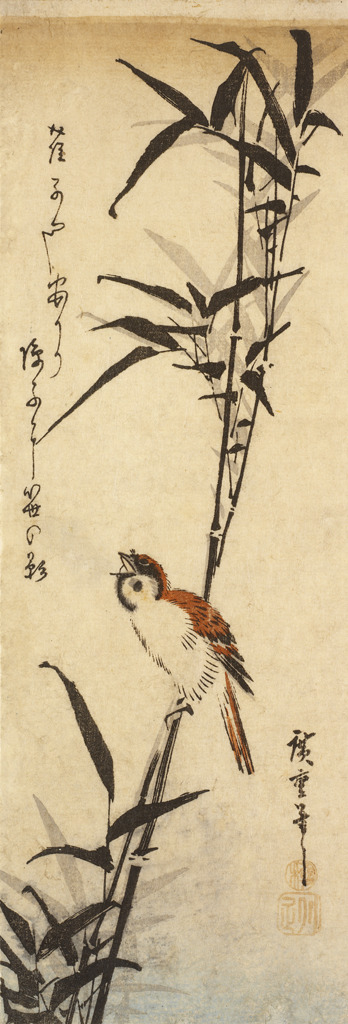
. Utagawa Hiroshige - Tree Sparrow and Bamboo (Take ni suzume), 1840's. Polychrome woodblock print.
1 note
·
View note
Text
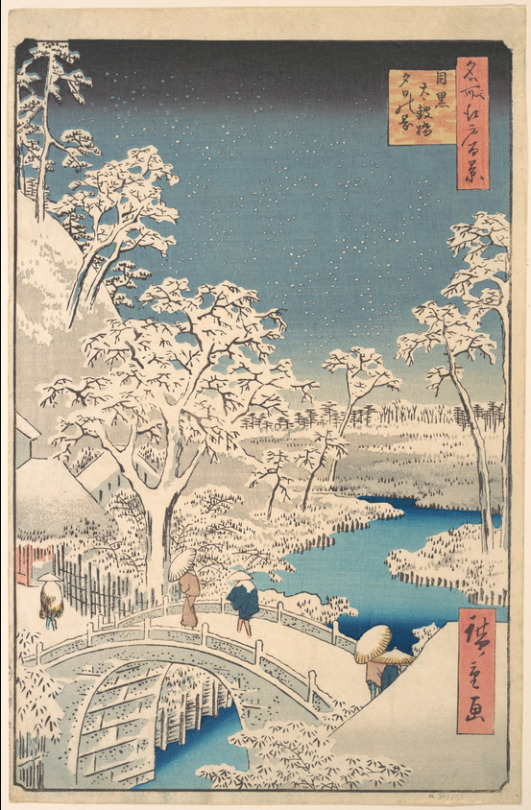
The Taiko Bridge and the Yuhi Mound at Meguro
1857
source
#found by kino#Printing blocks#Prints#Polychrome woodblock print#ink and color on paper#Relief prints#Wood blocks#Metropolitan Museum of Art#Woodblock prints#Asia#1857#Paper#Ink#Japan#woodblock print#edo period#japanese art#Ukiyo-e
10 notes
·
View notes
Text
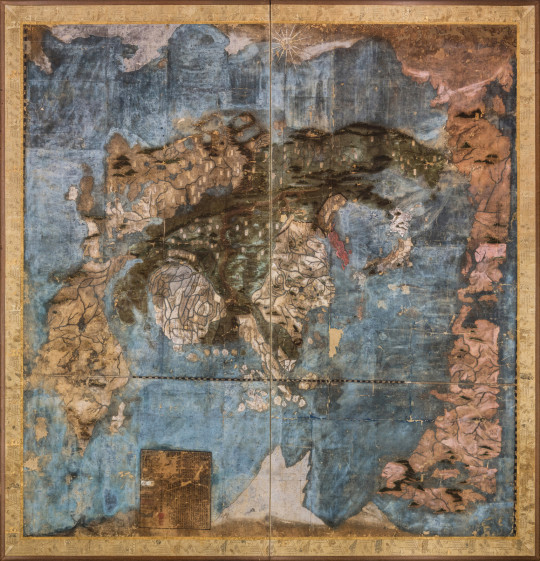
"This map was compiled by Koyano Ishun, a Neo-Confucian scholar with a keen interest in the still esoteric fields of geography and cartography. He produced a series of well-known maps, made famous by their mass production as woodblock prints for educational and administrative purposes. One of Koyano’s most famous maps was a world map printed in Osaka in 1809, which was widely used as a didactic tool for Neo-Confucian scholars. Our map offered here constitutes the hand-drawn prototype for that 1809 map and is as such both unique and seminal.
The map in its current configuration consists of a joined folding-screen in two panels. It was painted in polychrome ink on paper, which was then joined before being applied to the screen and equipped with a brocade silk border. The reverse of the screen has been papered with Japanese accounting sheets from the 1920s, a clue that provides us with the likely decade in which the map was mounted in this particular form. Additionally, the conversion of the map to a form of decorative art aligns well with the modalities of Japonisme: a high trend of the early 20th century.
In 1852, American president Millard Fillmore ordered the U.S. Navy to force Japan to open her ports to American trade. A fleet spearheaded by Commodore Matthew Perry arrived in Japan with orders of using ‘gunboat diplomacy’ if necessary to achieve their goal. After Japan had been closed to the outside world for more than two centuries, the country was opened under American pressure in 1854, and as a consequence Japanese society underwent a rapid and dramatic change from feudal society to industrialized nation. Following the opening of Japan there was an intense global interest in all things Japanese. This trend also manifested itself in the arts, where Japanese arts and crafts were celebrated, collected, and emulated by Westerners.
It was the French art critic Philippe Burty who in 1872 first coined the term ‘Japonisme’ to describe the trend. The impact of and interest in Japanese art exploded in the following decades, and famous European artists such as Van Gogh began emulating the traditional ukiyo-e woodblock prints. In time, the interest transcended into the sphere of collecting and interior design as well, creating intense demand for Japanese antiques among European and American dealers at the beginning of the 20th century.
In this light, and following our analysis below, we believe that the story of our map can be summed up as follows: It was conceived and compiled in the latter part of the 18th century, probably during the 1790s, constituting Koyano Ishun’s response to the perceived inadequacies of available cartographic materials at that point. Considering the artistic qualities of the map, its execution presumably took several years. Once finished, around the year 1800, Koyano probably used this map for his own teaching purposes. Demand for Japanese world maps was nevertheless on the rise and during the first decade of the 19th-century arrangements were made to have the manuscript map transferred to a woodblock for printing. With the printed version being issued in 1809, the original manuscript was probably archived or eventually stashed somewhere. A century or so later, during the height of Japonisme and with the demand for Japanese antiques soaring, our hypothesis is that this map was ‘rediscovered,’ sold to an antiquities dealer, and then mounted on the present folding screen to become one of the iconic Japanese items that were being incorporated into the decor of ateliers and homes across Europe and America.
In this way, the creation of the map and the subsequent object it became represent two processes that are complete opposites: closing and opening. In other words, the two great developments that shaped Early Modern Japan — its isolationism and its subsequent re-entry onto the world stage — are encapsulated in this one single work."
(snarp editorial: Despite its inescapability in the modern conception of Japanese history, many historians take issue with the narrative of sakoku - the alleged "intentionally closed Japan" of the Edo era - for the reason that, for most of the period, at least one of those three words did not actually apply to the political/cultural/economic situation.)
1 note
·
View note
Text

Utagawa Kuniyoshi
Possibly Yoshinoya Katsugor
Beauty on a riverbank (Kawagishi ni bijin)
print; aizuri-e
ca. 1844
Polychrome woodblock print
Image: 36.4 x 24.8 cm (14 5/16 x 9 3/4 inches)
127 notes
·
View notes
Text

Benzaiten ni Ryu, Polychrome woodblock print by Yashima Gakutei.
1 note
·
View note
Photo
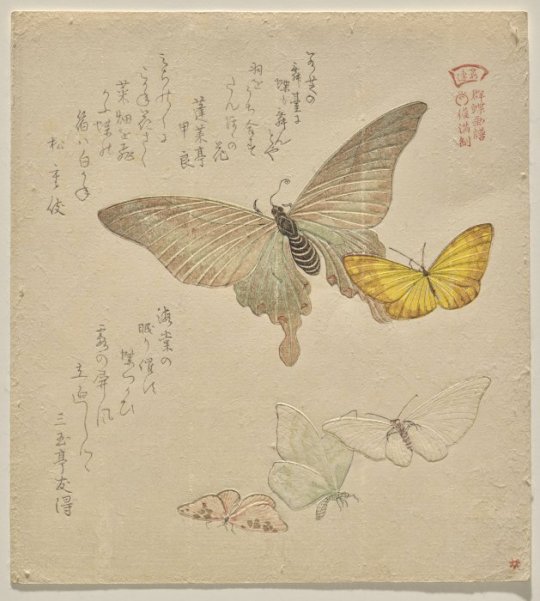
The Painting Manual of Flock of Butterflies (Guncho? Gafu) by Kubo Shunman (Undated, Surimono, shikishi-ban; polychrome woodblock prints with silver and other metallic pigment and gauffrage)
#art#artwork#kunst#kunstwerk#kubo shunman#asian art#asiatische kunst#flock of butterflies#butterflies#schmetterlinge#moths#motten#insects#insekten#animals#tiere#nature#natur#art print#kunstdruck#woodblock print
26 notes
·
View notes